I used the following software to develop SYNDRUM:
>batari Basic a pretty limited BASIC-inspired language that spits out .bin files for the Atari
>VisualbB the IDE in which batari Basic lives and does my bidding
>Stella a tried and true emulator of the Atari
>MiniPro eprom programming software that probably has all the computer viruses but is the only software that works with my eprom programmer (I ran this one in a VM)
>Windows XP to run MiniPro. Why are you looking at me funny?
>Virtual Box no way am I installing XP on a separate machine!
>Windows 10 what can I say? My linux-fu is weak.
 John Sutley
John Sutley

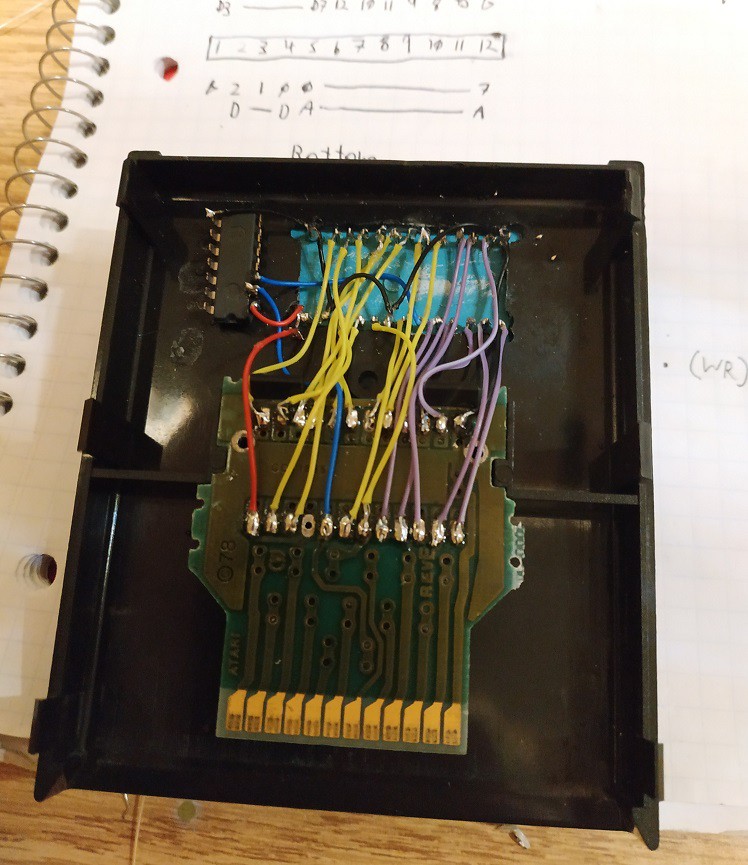


![Controller port interface, USB [for programming only], and programming switch. Controller port interface, USB [for programming only], and programming switch.](https://cdn.hackaday.io/images/4608841538342576576.jpg)

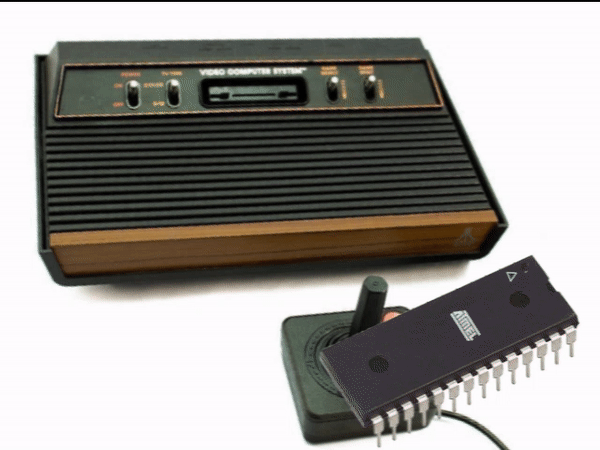
![I marked the key differences between the two chips [left] and used that as the basis of the schematic [right] I marked the key differences between the two chips [left] and used that as the basis of the schematic [right]](https://cdn.hackaday.io/images/3511861538254627776.png)





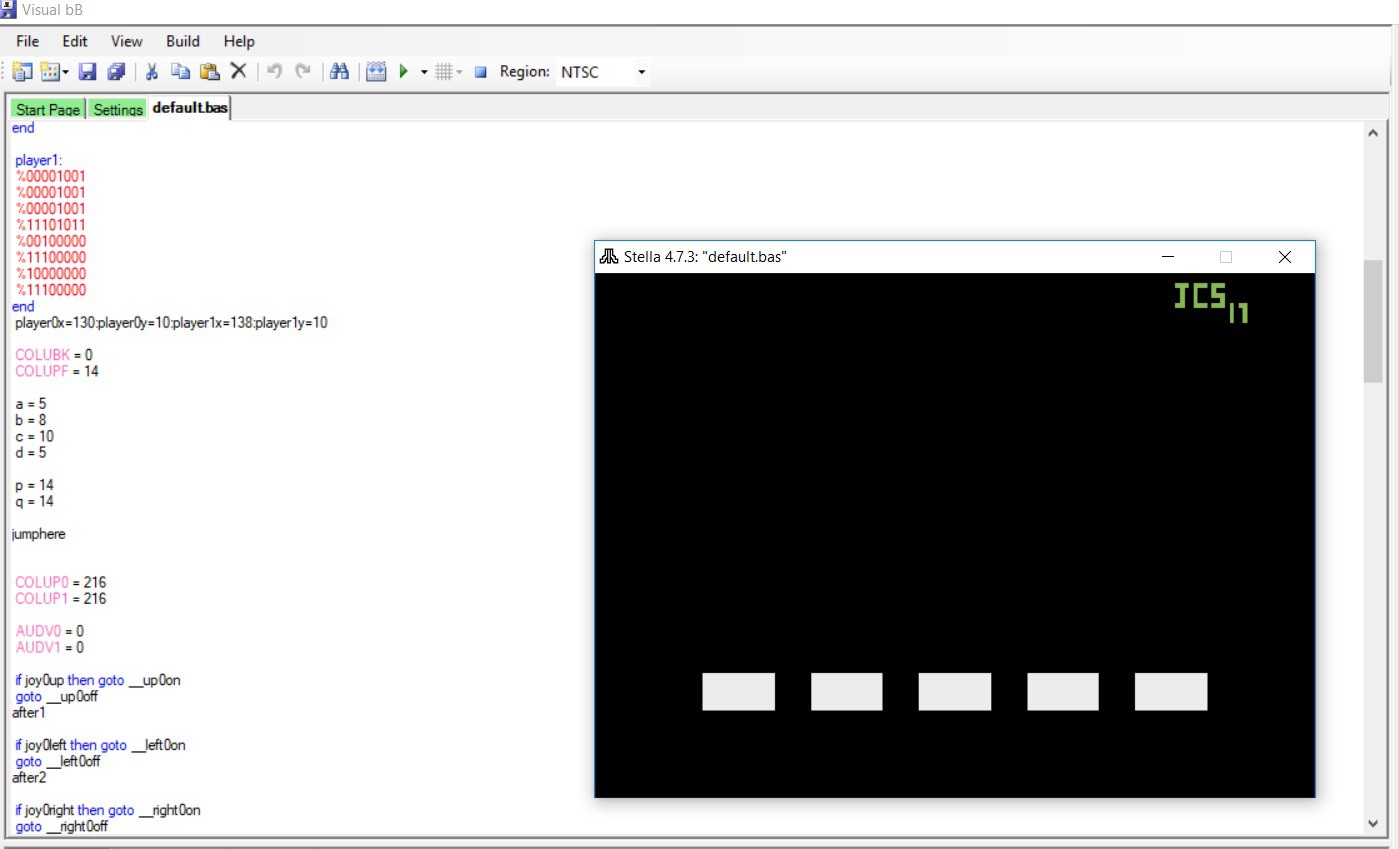



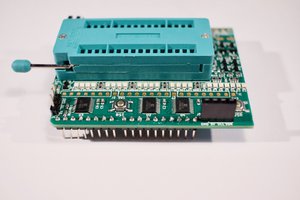
 Anders Nielsen
Anders Nielsen
 Bernhard "HotKey" Slawik
Bernhard "HotKey" Slawik
 jaromir.sukuba
jaromir.sukuba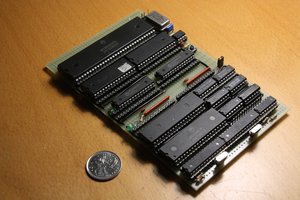
 Hayden Kroepfl
Hayden Kroepfl
great. i can not ignore the real problem of all the electronic hobbyest: the holes in the box!